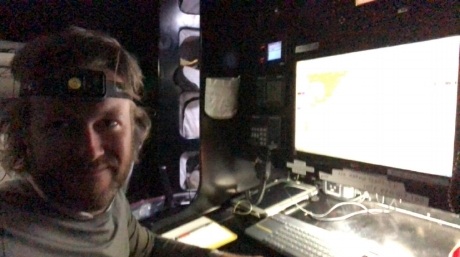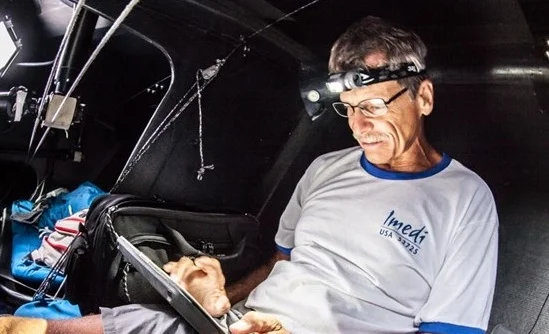“With the ever increasing volume of grib forecast models becoming available, Model Accuracy is certainly an important tool to have to use. I run Model Accuracy after every distance race to get a feel for which models I should favour when planning future races. I can also see the power of analysing the error trends in models live during longer offshore races to offset a particular models TWS and TWD for optimising in Expedition Navigation Software.” Campbell Field - professional navigator and Expedition Sailing Software expert
“I used Model Accuracy’s NOAA buoy function leading up to the start of the 2019 TransAtlantic Race, and the analysis showed NAM being the better weather model for the first few days which proved to be accurate once on the water. I used the NAM model until getting into the gradient pressure and further offshore and then switched to GFS as the proven top performing weather model.
Thank you again for creating Model Accuracy. This tool helped us easily determine the best model to
use at the start by comparing GRIB files to NOAA buoys which was very helpful. I normally would have gravitated to HRRR, but Model Accuracy showed NAM was the better model.
Knowing I am always routing on the better performing GRIB source minimizes the uncertainty when crossing an ocean!”
- Mark D’Arcy Navigator on Hiro Maru finishing 1st in IRC3 & 2nd IRC Overall in 2019 TransAtlantic
- Mark D’Arcy
"I wanted to let you know that I was able to use Model Accuracy to good effect on navigation/tactical decision making in two specific moments throughout the PV (Puerto Vallarta) Race. The first was off of Mag Bay, in the beginnings of what felt like a better established gradient breeze than I was seeing in the model runs, and the second was in the final 50 miles of racetrack, in dismissing a more significant forecast land affect with islands to the north of us. It was also nice to confirm that the GFS overall was looking most accurate once we were on the course, as going into the event and comparing to real time data, that appeared to be the case. The interface between instinct and quantified perspective is really cool..." -Justin Shaffer - professional navigator/sailor
Justin Shaffer in the nav station of RIO100
“Model Accuracy is simply the best tool available today for real time weather model validation during an offshore race. When bandwidth is small and data access is limited, knowing which weather model is performing the best is an invaluable piece of information. Pouring through model after model trying to decipher what is accurate and what is not can take hours and become increasingly frustrating as exhaustion sets in during a long offshore race. Having this information available graphically in an easy to manage interface removes a lot of the stress of the situation and gives the navigator more confidence, all while aiding to lower satellite internet costs.” - Anderson Reggio
Anderson Reggio
Lending Club 2
"Aboard Lending Club 2, the Model Accuracy application helped our team determine which GRIB files were performing best along our track, ultimately giving us the confidence to choose the best routing option for our record setting 3d18h TransPac run." – Jan Majer
“Onboard RIO100 the use of Model Accuracy made decision making easier and allowed me to focus my attention on the best performing weather files. Being able to look at the trends of different GRIBs and there accuracies in the middle of the Pacific Ocean was crucial to helping us win the Barn Door Trophy in the 2015 TransPac.” – Chris Branning
RIO 100 - TransPac 2015 Barn Door Win
“Model Accuracy results are most important for me in determining which model is performing best at any time during an event without my having to devote the same concentration and time that was formerly necessary to arrive at a conclusion in which I had less confidence. As I use it more I feel increasingly confident with its summary data and with my evaluations of different models based on that data and with my routing recommendations that are significantly influenced by those evaluations.” - Joe Goulet
Joe Goulet







